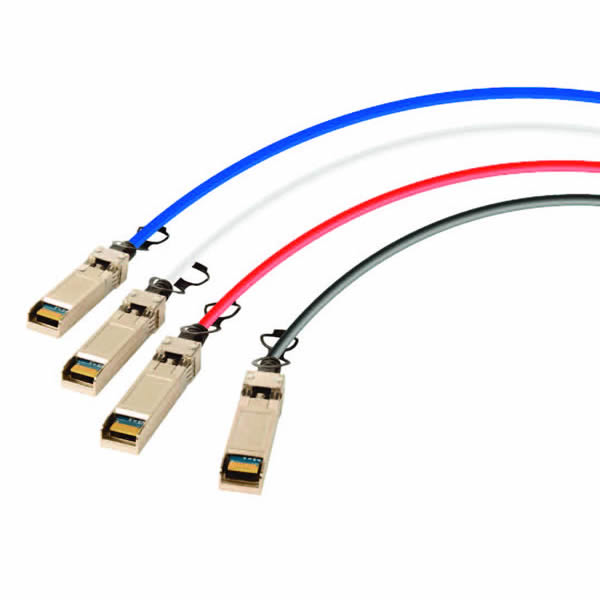The Journey to 400G and 800G has Begun.
Which Road Will you Take?
Only a decade ago, enterprise data center managers were looking at infrastructure requirements to prepare for a migration from 1 to 10 Gigabit Ethernet for server connections and 10G to 40/100G for uplinks.
With many just now starting to make that step, 400G and 800G may seem a bit farfetched in the short term. However, trends in Digital Transformation, bandwidth-intensive applications, and the need to reduce costs is paving the road for 400G and 800G today.
The Road to 400G and Beyond
While enterprise data centers are just starting to adopt 100G speeds for switch uplinks, industry standards and active equipment for 400G applications are now available. These speeds are still a few years out for many enterprise data centers but are already rapidly gaining ground across large hyperscale cloud providers who define the market and propel technology advancements that ultimately will trickle down to the enterprise in years to come.
These trendsetters are already pushing speeds to 800 Gigabit and working to develop fiber optic technologies that enable the viability of future 1.6 and 3.2 Terabit speeds. Industry standards aren’t far behind with the IEEE Beyond 400 Gb/s Ethernet Study Group already defining physical objectives for both 800 Gigabit and 1.6 Terabit fiber optic applications.
With any new technological development, there are always challenges to be overcome and unmapped routes to be travelled. If these speeds are not currently in your organizations mid-to-long-term view, as we’ve seen from other similar developments over the years, these advancements will only improve your options as you migrate to higher speeds along this route. This will provide you with a variety of roads to travel using tried and tested solutions that will help you reach your planned destination.

Discover more about the journey to 400/800G in our new White Paper
Take a deep-dive into the applications, trends and technologies driving the adoption of 400/800G as well as key industry insights that will help you prepare your own organization for the road ahead.
Read more





